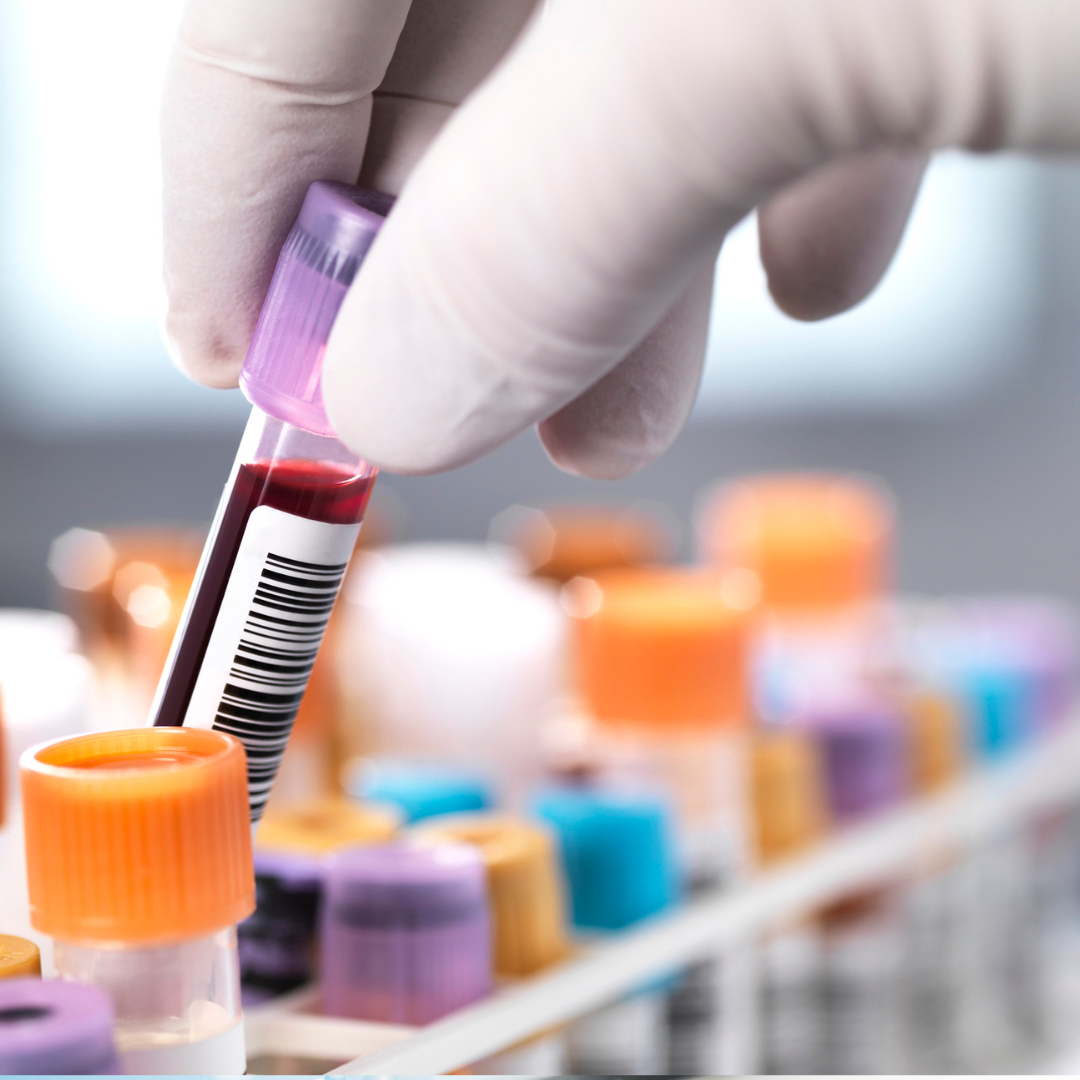New research has unveiled how tumors change their genetic makeup during cancer development and chemotherapy, revealing the genes that tumors use to resist drugs. By analyzing thousands of cancer genomes, scientists have developed a sophisticated method called DiffInvex that pinpoints the shifts in genetic drivers fueling tumor evolution and chemotherapy resistance. This breakthrough deepens our understanding of cancer's adaptability, laying the groundwork for improved therapies.
Decoding Tumor Evolution and Drug Resistance
Cancer arises as normal cells accumulate mutations, transforming into aggressive tumors that can outsmart treatments. One vexing challenge is that tumors, after initially responding to chemotherapy, often relapse due to the emergence of drug-resistant cells. Identifying which gene mutations help tumors survive treatment is vital to devising better countermeasures.
DiffInvex, a new statistical framework, was developed to detect changes in the selection pressure on mutations within individual genes during cancer progression and therapy. Unlike previous approaches, DiffInvex uses mutations in non-coding regions of the genome—like introns and untranslated regions—as an accurate baseline for neutral mutation rates. This helps to distinguish meaningful mutations linked to resistance from random "passenger" mutations that don't affect the tumor's behavior.
Analyzing Thousands of Cancer Genomes for Drug-Resistance Genes
The researchers applied DiffInvex to a massive dataset of over 11,000 whole-genome sequences from nearly 30 types of cancer and healthy tissues. They compared tumors before and after treatment with various chemotherapy drugs, taking into account complexities like combined drug regimens and differences in mutation rates caused by therapy itself.
This analysis uncovered eleven genes showing altered positive selection linked with specific chemotherapy classes. These include well-known cancer drivers like PIK3CA, APC, SMAD4, and STK11. Some gene-drug associations matched already known drug resistance mutations, such as ESR1 mutations with antiestrogen drugs and EGFR mutations with EGFR inhibitors, confirming the method’s reliability.
Interestingly, many resistance-associated mutations were found in general driver genes rather than in drug-target-specific genes. This implies that tumors often develop resistance by boosting overall cell fitness through common oncogenic pathways, rather than evolving specialized drug resistance mechanisms.
Validating Findings and Addressing Confounding Factors
The team further validated the DiffInvex findings with additional tests examining the functional impact of mutations and with independent patient datasets. They also controlled for confounding effects caused by patients receiving combinations of drugs simultaneously, ensuring the associations were robust.
Moreover, by comparing tumors to healthy tissues, DiffInvex highlighted genes under positive selection in normal cells that do not necessarily drive cancer development, such as NOTCH1 and ARID1A. These genes may instead provide advantages to non-cancerous cells, sometimes even protecting against tumor formation.
Implications and Future Directions
This work emphasizes the complex evolutionary dynamics of cancer, especially the role of mutations in known driver genes in fostering chemotherapy resistance. It highlights the need to consider the tumor’s evolving genetic landscape when designing treatment strategies.
While DiffInvex focuses on point mutations, the authors acknowledge that other mechanisms like copy number changes and epigenetic alterations also contribute to drug resistance and should be explored in future studies.
As whole-genome sequencing of tumors becomes more widespread, tools like DiffInvex will be invaluable for identifying resistance mechanisms and tailoring personalized therapies to improve patient outcomes.
About the Study
This research was conducted by Ahmed Khalil and Fran Supek from the Institute for Research in Biomedicine (IRB Barcelona), with additional affiliations at the University of Copenhagen and the Catalan Institution for Research and Advanced Studies (ICREA). Their article, titled “DiffInvex identifies evolutionary shifts in driver gene repertoires during tumorigenesis and chemotherapy,” was published on May 13, 2025, in the journal Nature Communications.




